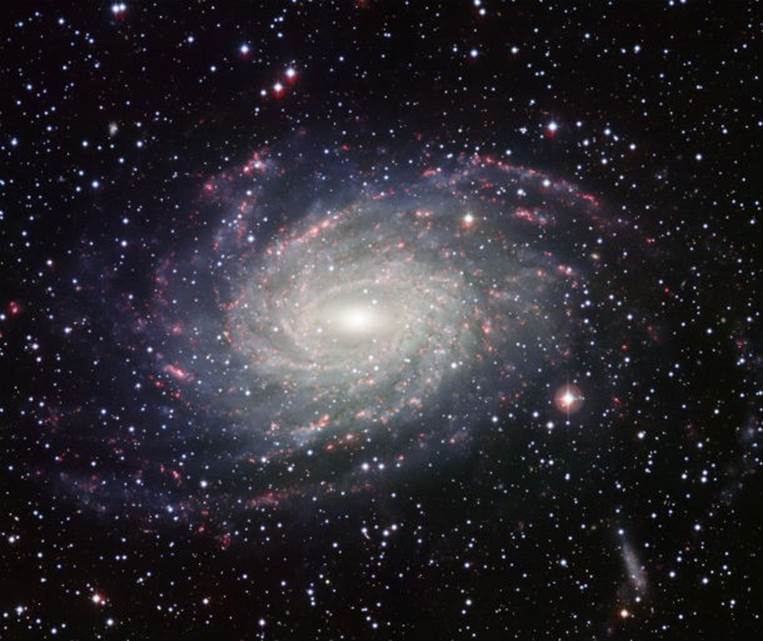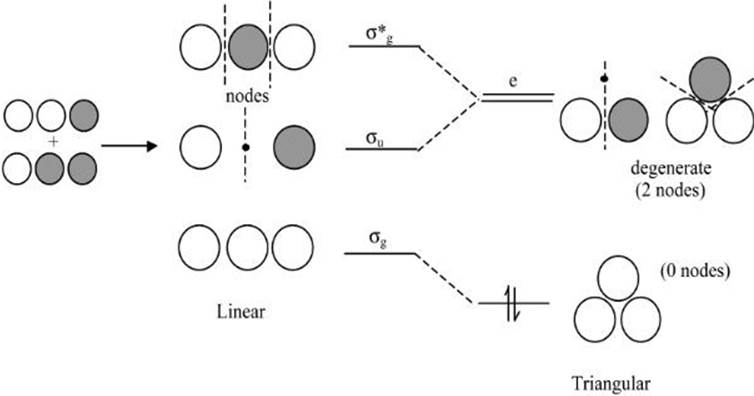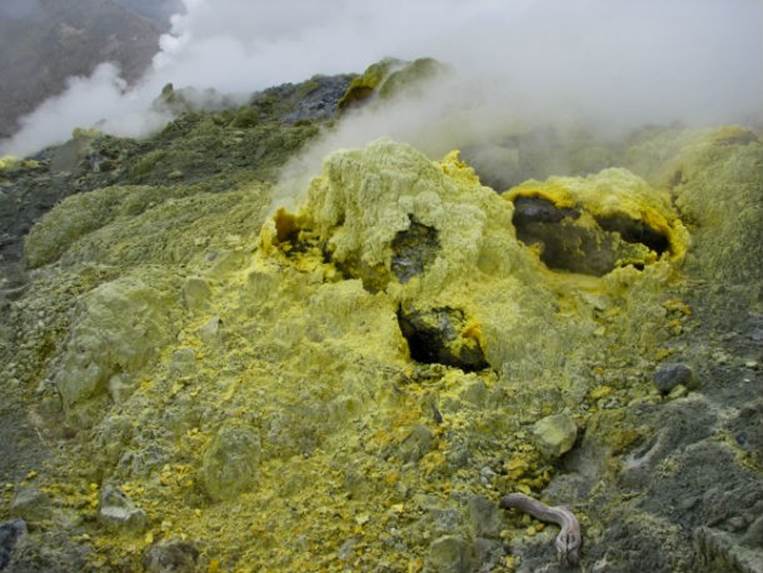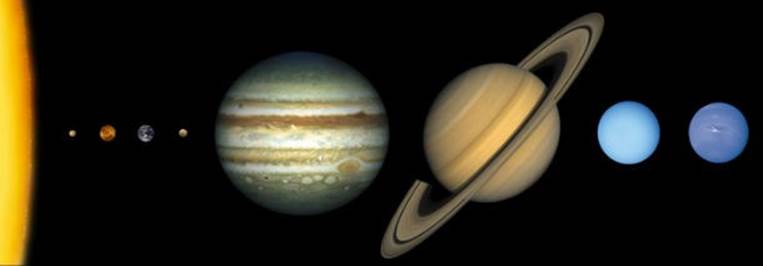THINGS THAT SHOW HOW PRECARIOUS LIFE REALLY IS
Added on: 25th Nov 2016
OUR GALAXY’S SIZE

According to science, our galaxy is in the top one percent
of the most massive and luminous galaxies in the universe
and is the perfect size to sustain life. Not too large, since
in this case the infusion of gas and stars would disturb the
sun’s orbit and ignite deadly galactic eruptions and not too
small, where the infusion of gas would be insufficient to
sustain star formation long enough for life to form.
IDEAL VOLCANIC ACTIVITY

Believe it or not, if Earth had less volcanic activity. it would
produce insufficient amounts of carbon dioxide and
water vapour would return to the atmosphere. That means
soil mineralization would be insufficient for advanced life
support. On the other hand, if we had too many volcanoes
erupting then advanced life would be destroyed and the
ecosystem would be fatally damaged.
H+ 3 PRODUCTION

The trihydrogen cation, also known as protonated molecular
hydrogen or H+3, is one of the most abundant ions in the
universe. It is stable in the interstellar medium (ISM) due to
the low temperature and low density of interstellar space.
The role that H+3 plays in the gas-phase chemistry of the
ISM is unequalled by any other ion. If, however, it were
less than it is now, simple molecules essential to planet
formation and life chemistry would never form. If it
were too great, planets would form at the wrong time
and position in space for life.
AXIAL TILT

In astronomy, axial tilt is the angle between a planet’s
rotational axis at its north pole and a line perpendicular
to the planet’s orbital plane. It is also called axial
inclination or obliquity. Earth’s axial tilt causes the
seasons. If, however, it were greater or less as it is on
most other planets in our solar system, then surface
temperature differences would be too great to sustain
diverse life-forms, including human life.
THE IDEAL IRON QUANTITY IN OCEANS AND SOILS

Once again, there are some things we take for granted. If for
some reason the iron quantity in the ocean and soil were
greater than it is now, iron poisoning would destroy advanced
life. If it were less, then food to support advanced life
would be insufficient.
THE QUANTITY OF SULPHUR IN EARTH’S CORE

Research in 2015 confirmed that Earth’s core contains very large
amounts of Sulphur, estimated to be up to 8.5 x 1018 tons.
This is about ten times the amount of sulphur elsewhere
on the planet and to compare, is around ten percent of the
moon’s total mass. What does this mean? Well, if there was a
larger amount of sulphur in Earth’s core then a solid inner
core would never form, disrupting the magnetic field and
making life on Earth impossible. If it were smaller than
what it is currently, solid inner core formation would begin
a little too soon, causing it to grow too rapidly and
extensively, also disrupting the magnetic field.
THE LOCATION OF OUR SOLAR SYSTEM

The location of our solar system appears to be another
important factor that allows Earth to harbour life. Our
solar system is located very far from the centre of the
galaxy, where there is a great black hole, many stars
burn out and supernovas that kill off life and between
the spiral arms, which puts us far from the supernovas
and give us a great view to study and observe the universe.
THE MAGIC OF GRAVITY

Even though we take gravity for granted, the truth is that
without Earth’s gravity, human life wouldn’t exist. Gravity is
responsible for giving weight to all that is found in our planet.
This means gravity allows rain to fall and water to drain,
air movement and even heat dissipation. Furthermore,
it’s believed gravity is a major contributor to biological
changes such as the evolution of species from water to land.

Comment on this